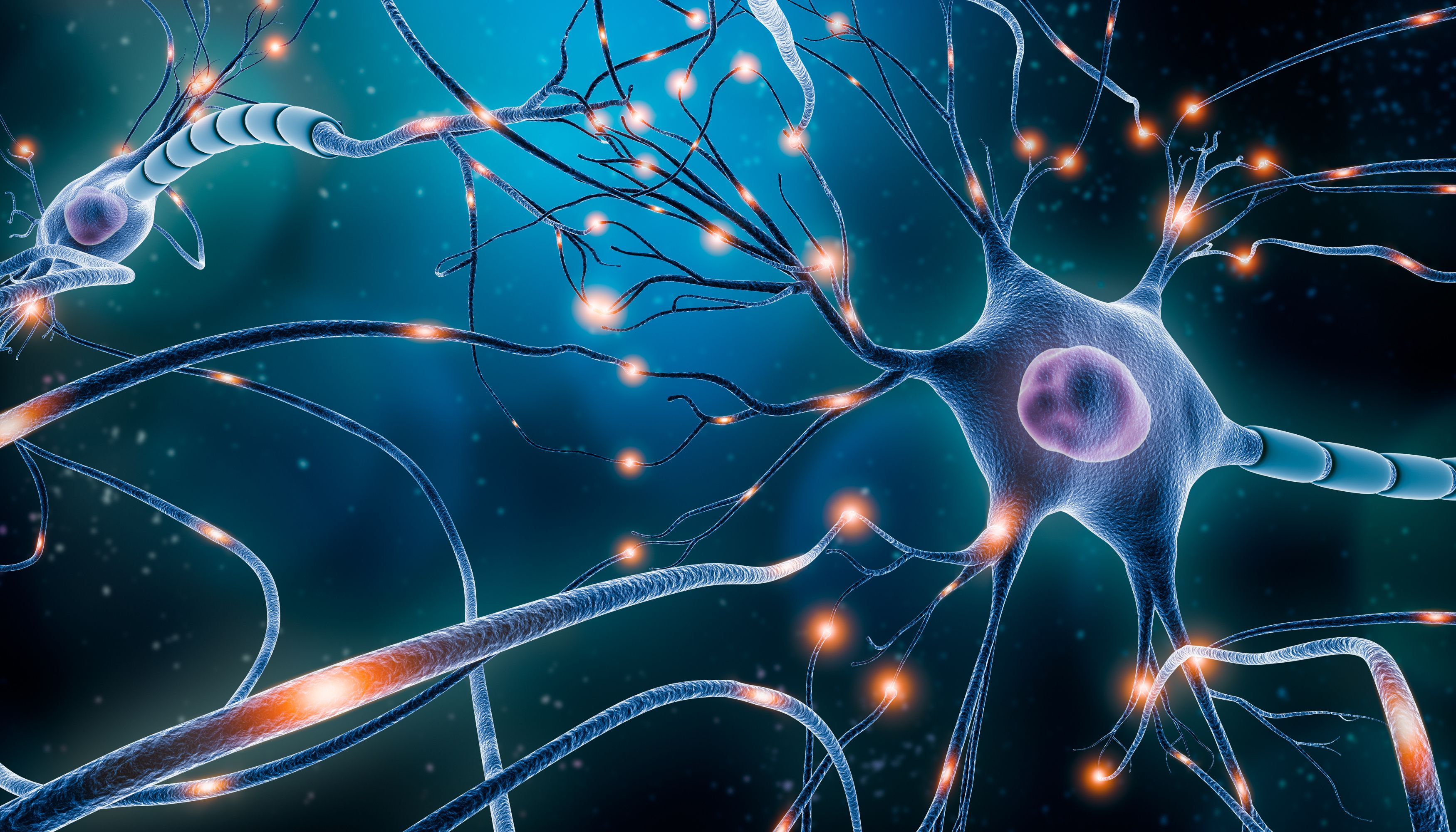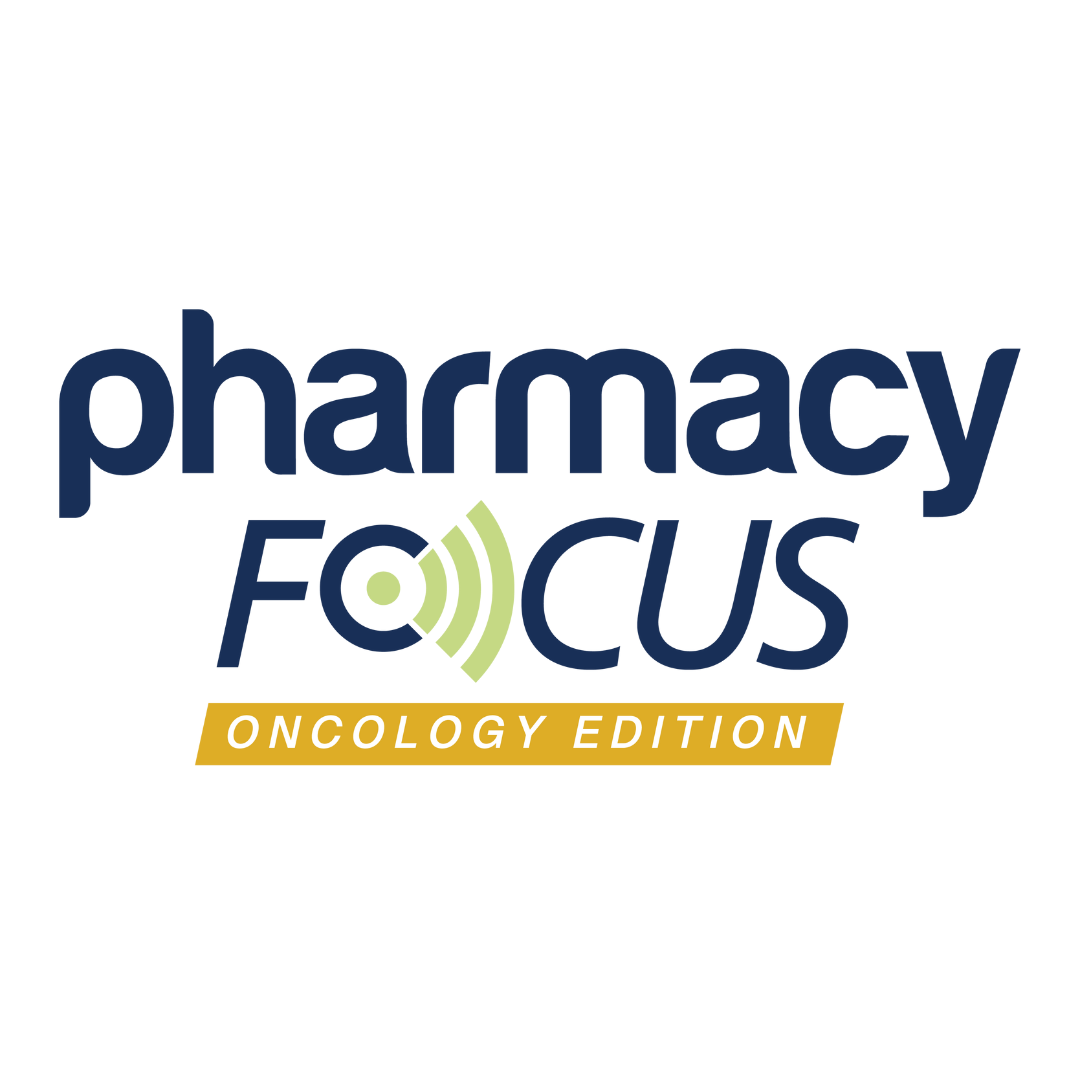Opinion
Video
Cost and Safety of Novel, Nonstatin Therapies
Author(s):
Panelists discuss how patients' access to and preferences for PCSK9 inhibitors and other treatments are influenced by factors such as insurance coverage, administration convenience, financial toxicity, and individual health concerns.
Safety and Cost-Effectiveness of Nonstatin Lipid-Lowering Therapies in Patients With Post-Atherosclerotic Cardiovascular Disease (ASCVD)
Safety Profiles
- Nonstatin therapies in real-world settings have demonstrated generally favorable safety profiles:
- Ezetimibe: Well-tolerated with minimal adverse effects
- PCSK9 inhibitors: No major safety concerns in extended use, with injection site reactions being the most common adverse event
- Bempedoic acid: Shows lower rates of muscle-related adverse events than statins
- Inclisiran: Demonstrates good tolerability with primarily injection site reactions
- Complex comorbidities: Patients with renal impairment, diabetes, or advanced age show comparable safety profiles with nonstatin therapies vs clinical trials, though they require more monitoring
LDL-C Target Levels and Clinical Practice
- Very high-risk post-ASCVD patients: Guidelines recommend LDL-C target levels of less than 55 mg/dL (1.4 mmol/L) with some suggesting less than 40 mg/dL for patients with recurrent events
- Real-world practice: Often diverges from guidelines due to:
- Physician inertia regarding aggressive LDL-C level lowering
- Concerns about polypharmacy in patients with complex cases
- Limited access to newer therapies
Cost Considerations Affecting Adoption
- PCSK9 inhibitors: Despite proven efficacy, high costs limit their widespread use
- Most cost-effective in very high-risk patients with LDL-C levels greater than 100 mg/dL despite maximally tolerated statins
- Prior authorization requirements continue to create significant barriers
- Bempedoic acid and inclisiran: More recent market entries with:
- Better cost-effectiveness ratios than early PCSK9 inhibitor pricing
- Emerging data supporting use in statin-intolerant patients
- Variable insurance coverage affecting patient access
- Specific settings: Academic medical centers show higher adoption rates of novel therapies compared with community practices
- Patient populations: Greatest cost-effectiveness demonstrated in post-myocardial infarction (MI) patients with LDL-C levels greater than 100 mg/dL despite maximally tolerated statins, patients with familial hypercholesterolemia, and those with documented statin intolerance
Related Content






